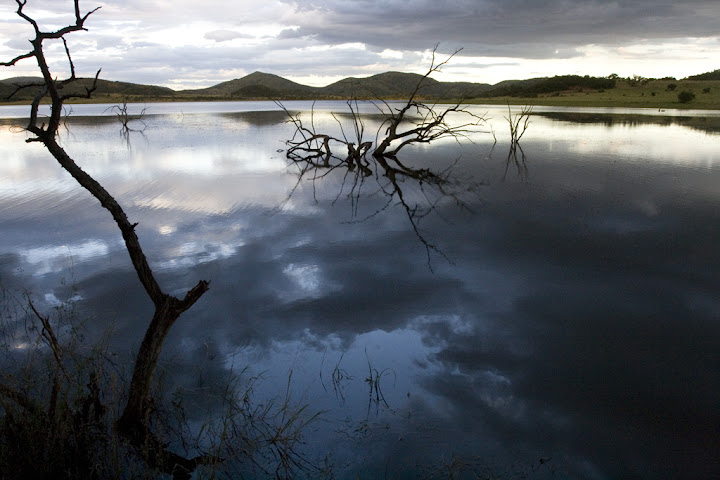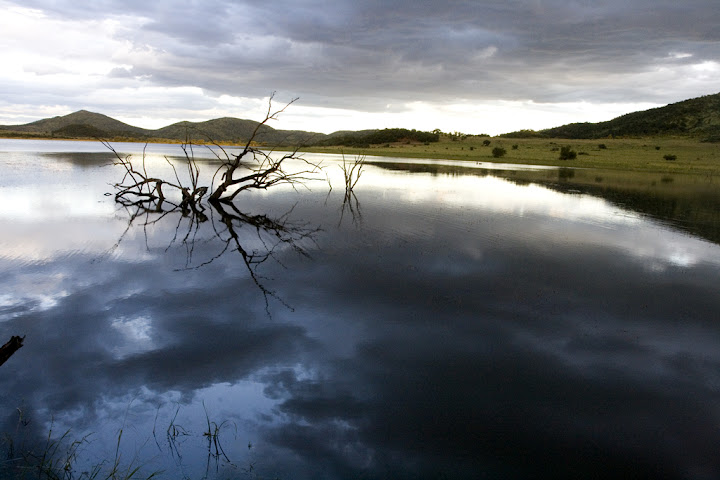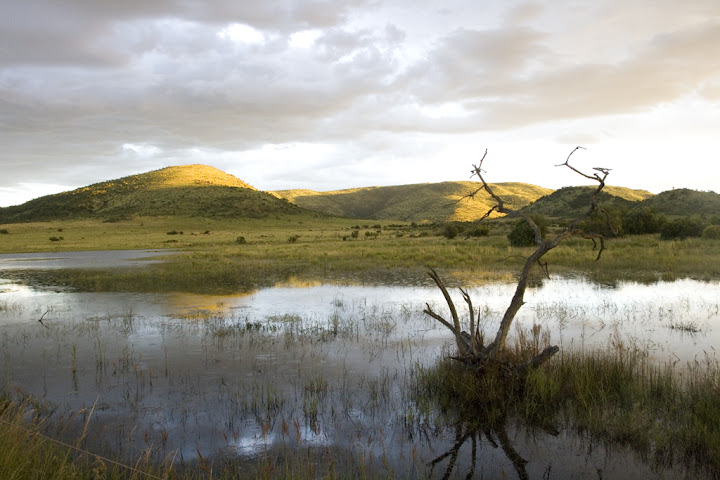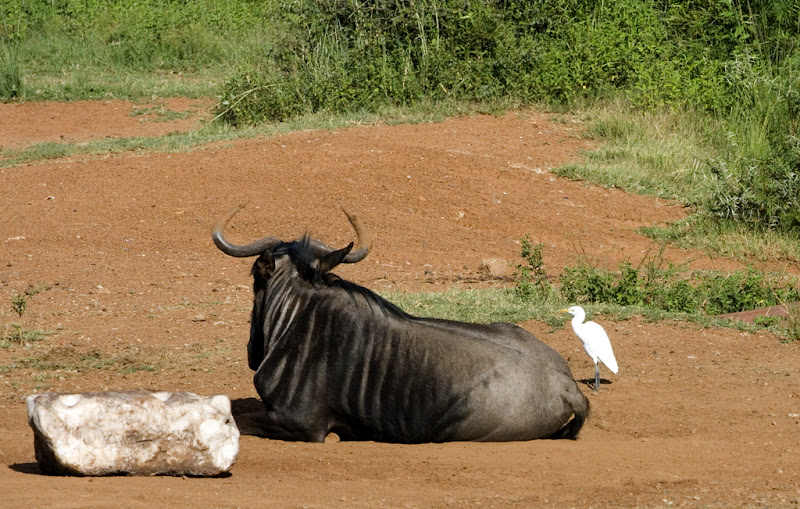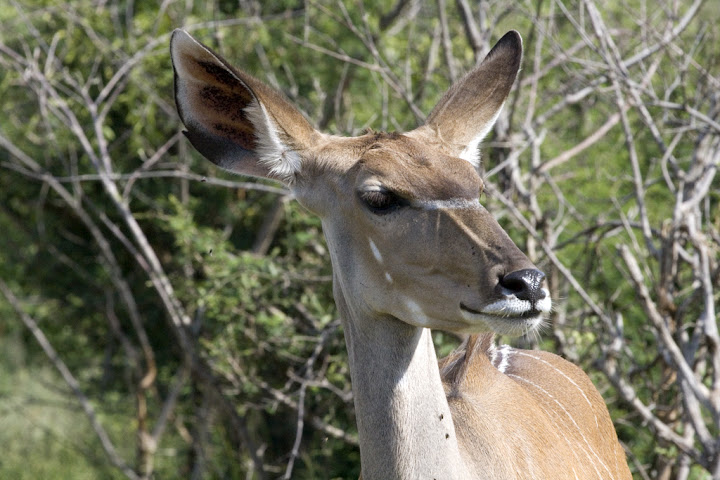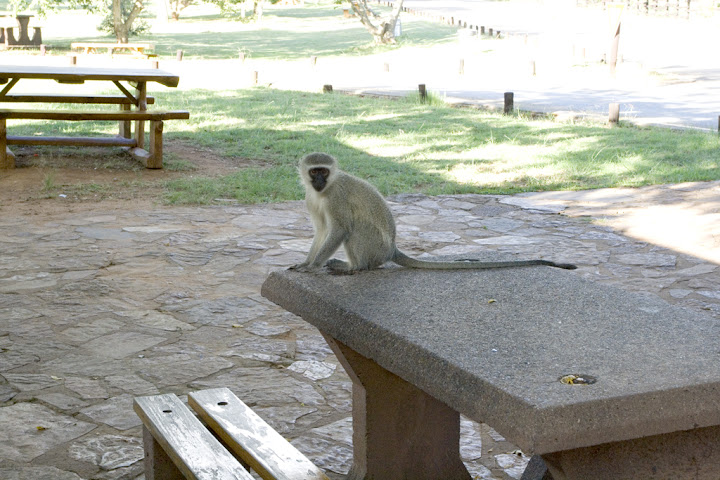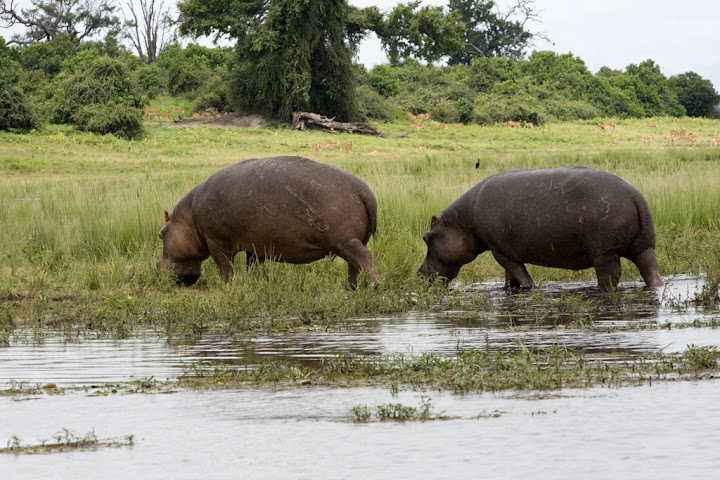The Scenic Route
When the subject of a trip to South Africa first arose, one of the first things I thought was about going back to visit places where we used to go on holidays when I was a kid. One of my favourite destinations was the Eastern Transvaal - now called Mpumalanga, so obviously when I decided to take the trip it was number one on my itinerary. When the time came I was a bit apprehensive that it wouldn't be as good as I remembered, but it actually lived up to all my expectations. The only thing that bothered me was that I didn't have enough time so I only got to see the highlights. There were a lot of places that I remember very favourably that I was forced to skip out because of lack of time.
Here are a couple of pictures that I took, you can click on any of them to see a larger version:
God's window:


God's window is quite high, and therefore very frequently overcast. We were very lucky that we were there on a cloudless day, with very good conditions for photography. Unfortunately my pictures don't really do it justice.
Blyde rivier canyon, the third deepest canyon in the world.


Blyde rivier canyon is such a beautiful place, I just don't have the skills to describe it adequately.
At the edge of Blyde rivier canyon, you can see the three rondavels:


A rondavel is a traditional African-style house. It is usually round, and has a pointed thatched roof. Like this:
The Treur river:

Treur in Afrikaans means sad. So the river is actually called the sad river. The story is that when the first settlers were travelling from the Cape into the interior of South Africa, they got as far as the river and then decided that before they go further the men should go ahead to scout the area, leaving their wives and children camped by the river. The women waited for a month, and when the men didn't return they began to make their way back, and named the river Treur to commemorate their loss.
And there was much rejoicing
However the men hadn't died, they had merely taken longer than they thought it would take. When they came back to the camp they followed the tracks of the wagons, and were reunited with their families on the banks of the Blyde river (Blyde in Afrikaans means happy).
At the point where the Treur river meets the Blyde river is a very unusual rock formation called Bourke's Luck Potholes. The potholes were created by the turbulence of the meeting of the two rivers:
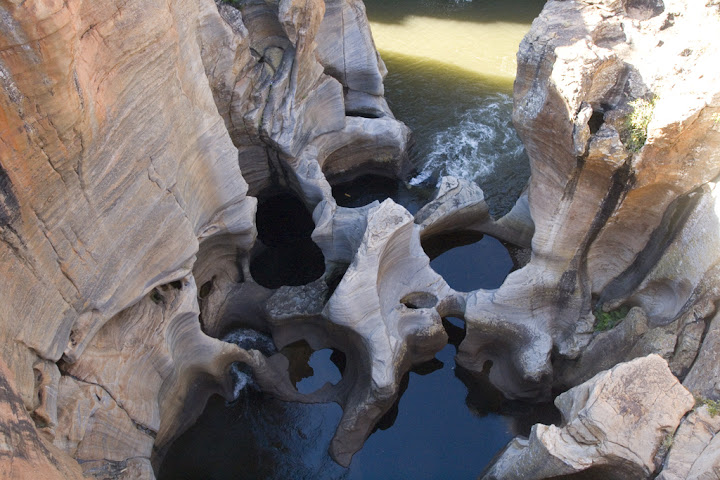

Bourke was an Englishman who came to South Africa to make his fortune in the gold rush. He was employed by other men as a prospector, and was instrumental in creating quite a few fortunes. When he had saved enough money, he scouted around and found a plot of land on which there were many quartz deposits (a sign that there is gold), and bough a farm, thinking that his fortune was assured. However to his vast disappointment his ground only contained signs of gold, and he never hit it rich. So the area was named after him. Funny, I have the same luck but nobody ever named anything after me....
Wanna see more of the natural beauty of Mpumalanga? Click here
Of course, Mpumalanga isn't the only beautiful place in South Africa. Check out these pictures I took in the Pilansberg Park:

